Texting has become an integral part of our daily communication, but not everyone excels at it. Understanding the signs of a bad texter can help improve our interactions. This article explores 12 signs you might be a bad texter and offers practical solutions to enhance your communication skills.
1. Delayed Responses

Imagine waiting eagerly for a reply, only to receive a response hours later. Delayed responses can leave the other person feeling ignored.
If you often take too long to reply, it might be time to reassess your texting habits. Consider setting reminders or allocating specific times to check your messages.
By responding promptly, you show respect for the other person’s time and maintain engaging conversations. Remember, effective communication is a two-way street.
2. Overuse of Abbreviations
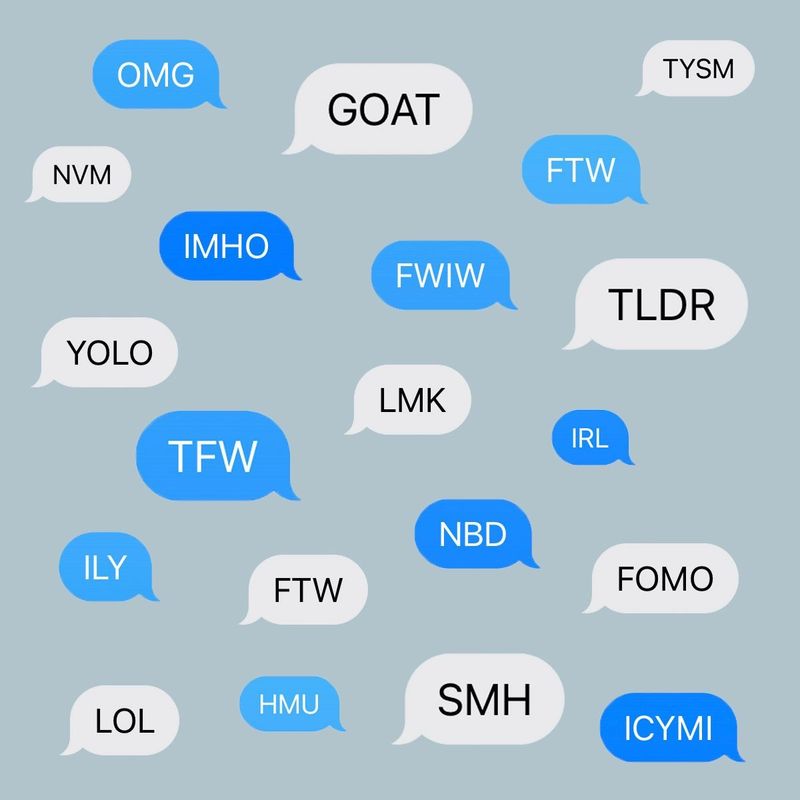
Overusing abbreviations can create misunderstandings. Picture receiving a message full of acronyms you barely understand.
This habit may cause confusion and frustration for the recipient. Try to limit abbreviations and use complete sentences to convey your message clearly.
Clarity in texting helps avoid unnecessary back-and-forths. It’s essential to consider the recipient’s familiarity with texting shorthand.
3. Ignoring Questions

Missing or ignoring questions in a conversation can be frustrating. Imagine asking something important, only to have it overlooked.
This habit can create tension and disrupt the flow of communication. Make a conscious effort to address every question.
Doing so shows that you value the exchange and are attentive to the other person’s needs.
4. Sending Long Paragraphs

Sending lengthy paragraphs can overwhelm the recipient. Imagine receiving a block of text when a simple message would suffice.
Break down your message into smaller, digestible parts. This makes it easier for the recipient to read and respond.
Keeping messages concise fosters a more engaging and manageable conversation.
5. Poor Use of Emojis

Emojis are meant to enhance messaging, not confuse. Using them inaccurately can lead to misunderstandings.
Misusing emojis might give the wrong impression, leading to potential miscommunication. Take a moment to consider the appropriate emoji for your message.
Thoughtful emoji use can add emotion and context, making your texts more relatable.
6. Ghosting Habit
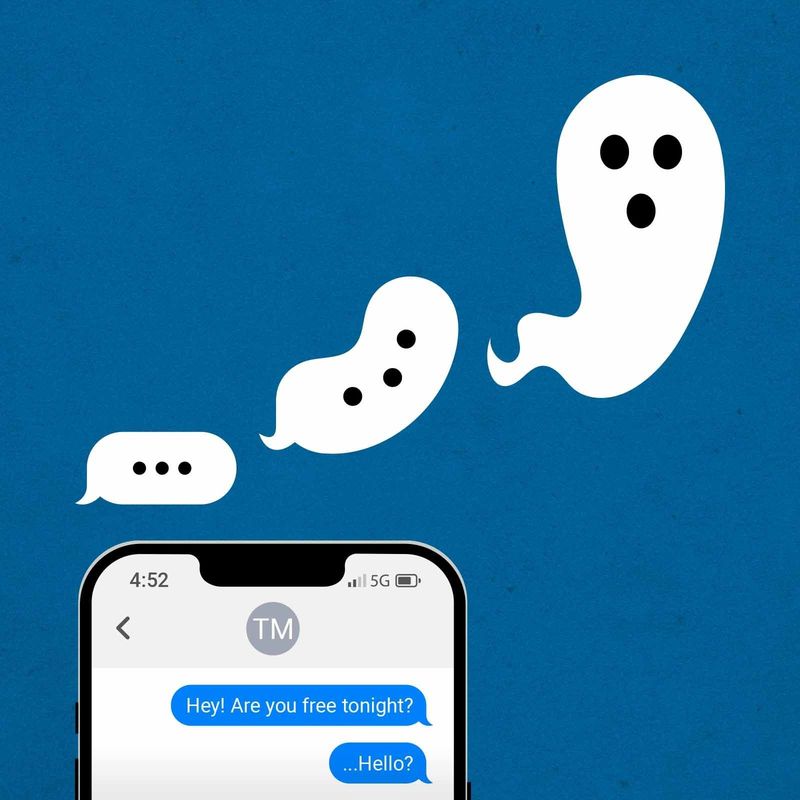
Ghosting can damage relationships. Imagine chatting with someone who suddenly disappears without explanation.
This behavior indicates a lack of communication etiquette. If you’re prone to ghosting, consider addressing why you withdraw and how it affects others.
Open communication is essential for maintaining trust and respect in any relationship.
7. Monosyllabic Replies
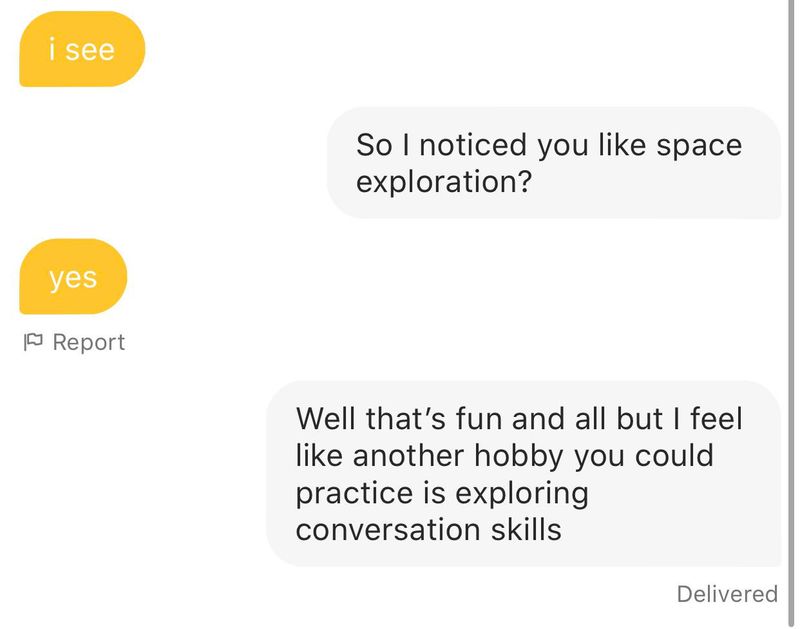
Responding with one-word texts can seem dismissive. Picture asking a friend about their day, only to receive a simple “fine.”
This habit can hinder deeper connections and make conversations feel one-sided. Try to elaborate on your responses, providing more context.
Engaging replies encourage more meaningful dialogue and strengthen relationships.
8. Constantly Multitasking

Texting while multitasking often leads to errors and miscommunication. Imagine trying to text while doing several other tasks.
This habit can result in typos or missing key parts of the conversation. Make an effort to focus solely on the conversation when texting.
Clear communication demands your full attention, which helps avoid misunderstandings.
9. Inappropriate Timing

Texting at inappropriate times can be disruptive. Imagine sending a casual message during a meeting or a serious event.
This action reflects poor timing judgment and can annoy those around you. Evaluate the context before sending a text to ensure it’s appropriate.
Respecting the situation shows consideration for others’ time and circumstances.
10. Ignoring Texts When Busy
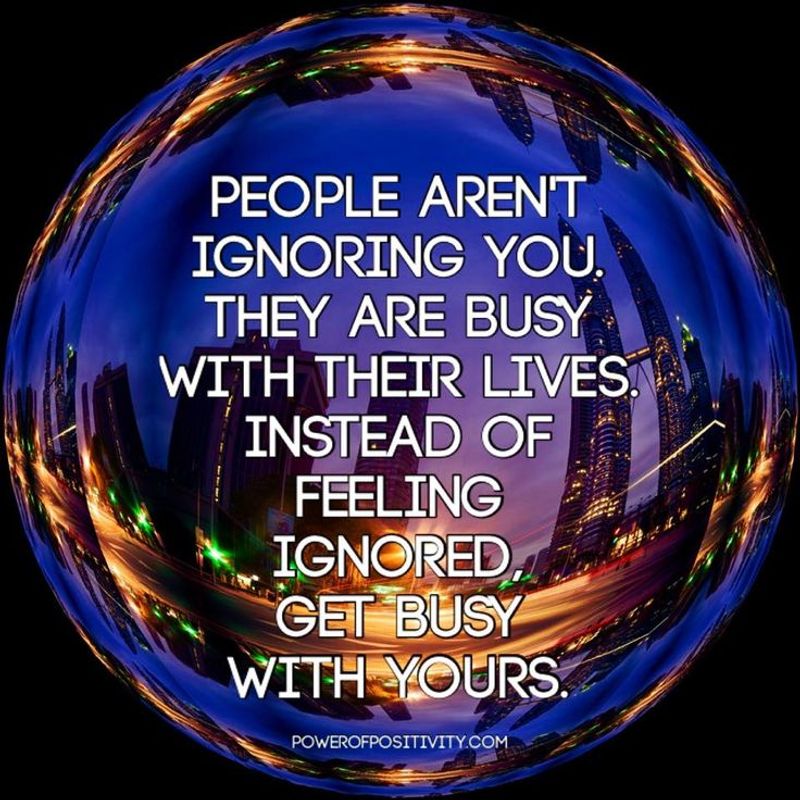
Ignoring texts when busy can cause misunderstandings. Picture receiving important information but leaving it unattended.
This habit may lead to missed opportunities or create frustration for the sender. Set boundaries by informing others when you cannot reply immediately.
Acknowledging texts, even briefly, helps maintain good communication etiquette.
11. Lack of Personalization
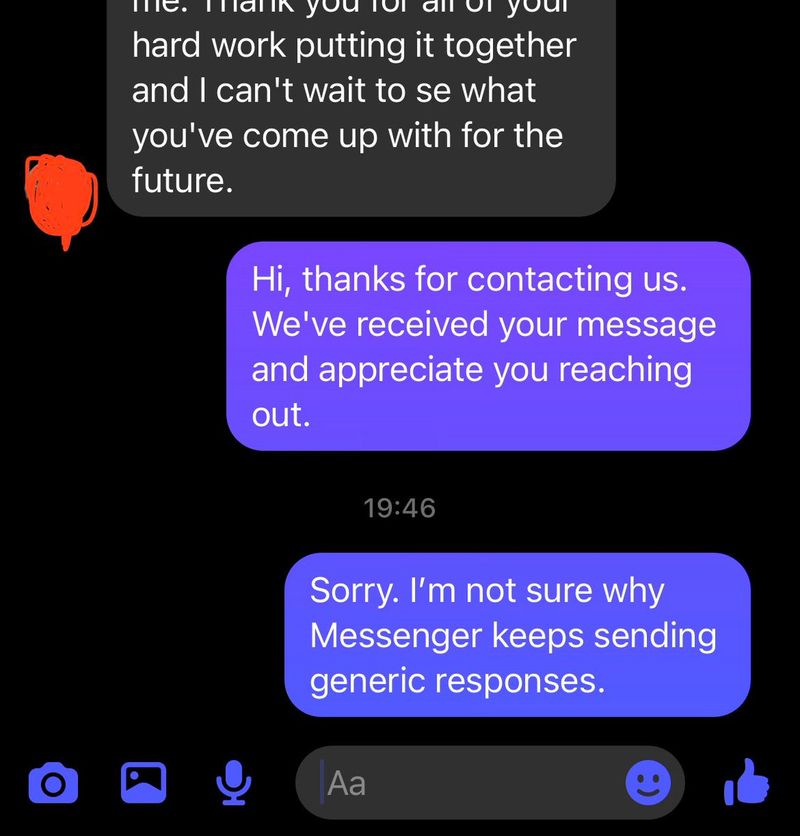
Sending generic responses can seem indifferent. Imagine receiving the same reply from someone, regardless of the conversation’s context.
This habit implies a lack of effort in communication. Try to tailor your responses to the individual and situation.
Personalizing your texts fosters a sense of importance and connection.
12. Frequent Typos

Frequent typos can distort your message. Picture sending a text only to realize it’s filled with errors, confusing the recipient.
This habit reflects carelessness and can hinder clear communication. Always proofread your messages before sending them.
Accurate text composition ensures your thoughts are effectively conveyed, enhancing understanding.

